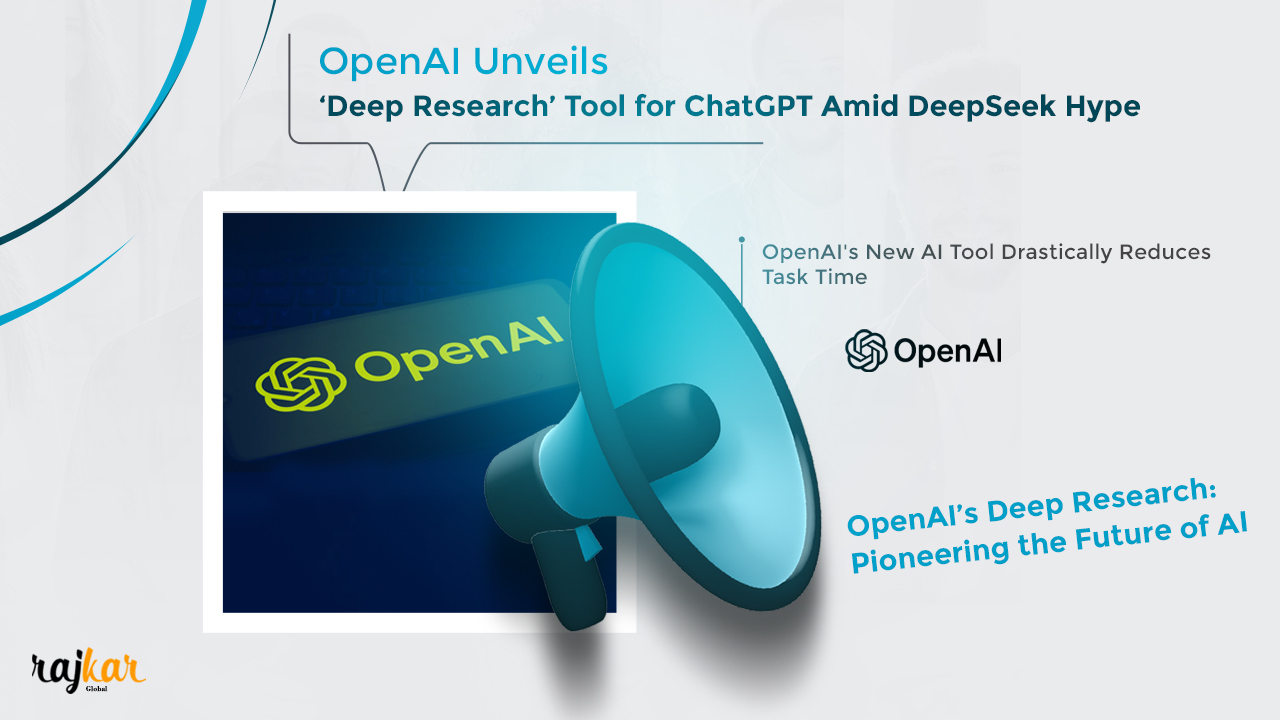Published:
February 03, 2025What is Deep Research in AI technology
Introducing Deep Research
In an era driven by rapid technological advancements and an ever-expanding wealth of information, deep research stands as a fundamental pillar for generating innovative insights and informed decision-making. Unlike superficial or surface-level investigations, deep research delves into the complexities of a subject, uncovering nuanced perspectives, underlying patterns, and ground-breaking discoveries.
Understanding Deep Research
Deep research involves a methodical and rigorous approach to gathering, analyzing, and interpreting information. It extends beyond readily available data, demanding a critical evaluation of sources, verification of facts, and synthesis of multiple viewpoints. This process often requires extensive literature reviews, empirical studies, and engagement with domain experts.
Importance of Deep Research
The significance of deep research transcends academic inquiry and influences various industries, including healthcare, technology, business, and policy-making. By fostering a thorough understanding of topics, deep research contributes to evidence-based practices, mitigates risks, and supports innovation. Organizations and individuals leveraging deep research are better equipped to navigate uncertainties and make strategic decisions.
Key Components of Deep Research
- Comprehensive Data Collection: Engaging with diverse and credible sources, including academic journals, books, interviews, and experimental studies.
- Critical Analysis: Evaluating the credibility and relevance of information while identifying biases and gaps.
- Interdisciplinary Approach: Integrating knowledge from multiple fields to develop a holistic understanding.
- Empirical Validation: Conducting experiments, surveys, or case studies to substantiate findings.
- Ethical Considerations: Ensuring integrity in research methodologies and adherence to ethical standards.
Applications of Deep Research
- Academic Excellence: Enhancing scholarly contributions through robust and original research.
- Business Strategy: Informing market analysis, consumer behavior studies, and product development.
- Healthcare Advancements: Driving medical discoveries and evidence-based treatment protocols.
- Technological Innovations: Shaping artificial intelligence, cybersecurity, and engineering breakthroughs.
- Policy Development: Crafting informed and effective governance strategies.
How to use deep research
Deep research in ChatGPT allows for in-depth analysis and well-documented insights. By selecting ‘deep research’ in the message composer, users can request comprehensive reports on topics like competitive market analysis or product comparisons. Supporting files and spreadsheets can be attached for added context. Once initiated, a sidebar provides a summary of steps and sources used, with research taking between 5 to 30 minutes. Users receive a notification when the report is ready. In the coming weeks, features like embedded images, data visualizations, and analytics will enhance clarity. Unlike real-time GPT-4o responses, deep research excels in domain-specific, thoroughly verified inquiries, making it a valuable tool for detailed work products.
